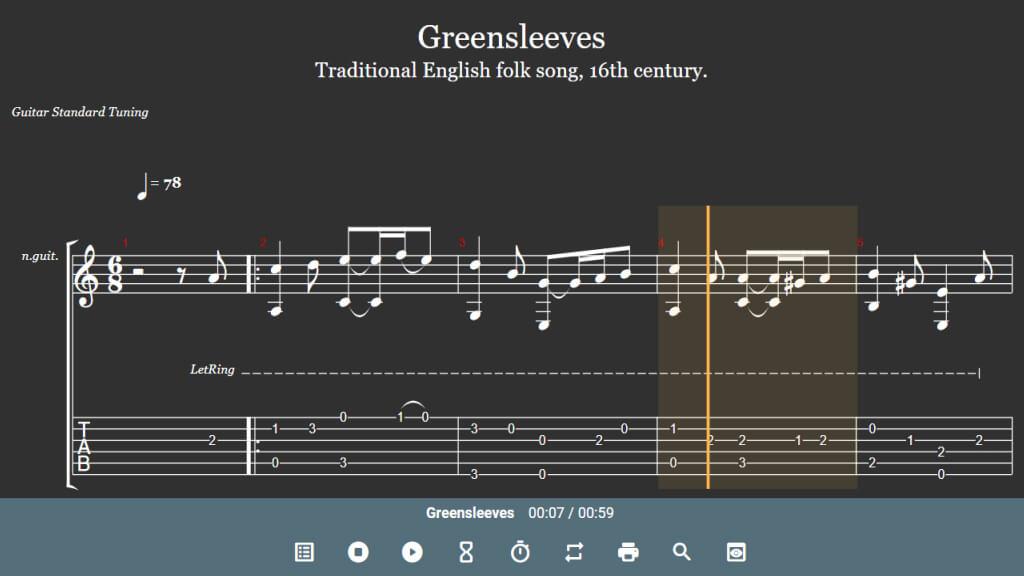Formula and Intervals of the G# Lydian #2 Scale
Degree formula: 1 — #2 — 3 — #4 — 5 — 6 — 7. Interval pattern between adjacent degrees: 3 — 1 — 2 — 1 — 2 — 2 — 1. The scale includes the following notes:
- Ab — tonic, the main anchor of the mode.
- B — bright upper color between 2 and 3, emphasizes motion.
- C — major third, clear support above the tonic.
- D — Lydian color, keep above 3 for clarity.
- Eb — perfect fifth, stabilizing anchor of the mode.
- F — warm upper shade, pairs well with 9.
- G — leading tone to the octave, adds direction.
Together these degrees form the core of the G# Lydian #2 mode and define its musical character.
Chords within the G# Lydian #2 Scale
Below are the basic diatonic chords that naturally occur on each degree. Use them as a palette for your progressions, keep the bass stable, and highlight color tones in the upper voice.
- Ab — 1
- Bdim — #2
- Cm — 3
- Ddim — #4
- Ebaug — 5
- Fm — 6
- G — 7
This set forms a solid modal framework: combine triads and seventh chords, add 9/11/13 for color, and separate 3rds from 11ths for cleaner harmony.
Alternative Names of the G# Lydian #2 Scale
This mode may appear under other names:
- G# Lydian #2
All variations point to the same modal structure.
How to Use the G# Lydian #2 Scale
#2 adds melodic color in major. Separate it from 3, use pedal top notes and transparent voicings.
Conclusion
G# Lydian #2 is a recognizable mode with clear logic of use. Study the formula and intervals, keep color tones in the top voice, build diatonic chords, and try integrating the mode into your own progressions — this way you’ll develop a confident and expressive sound faster.













